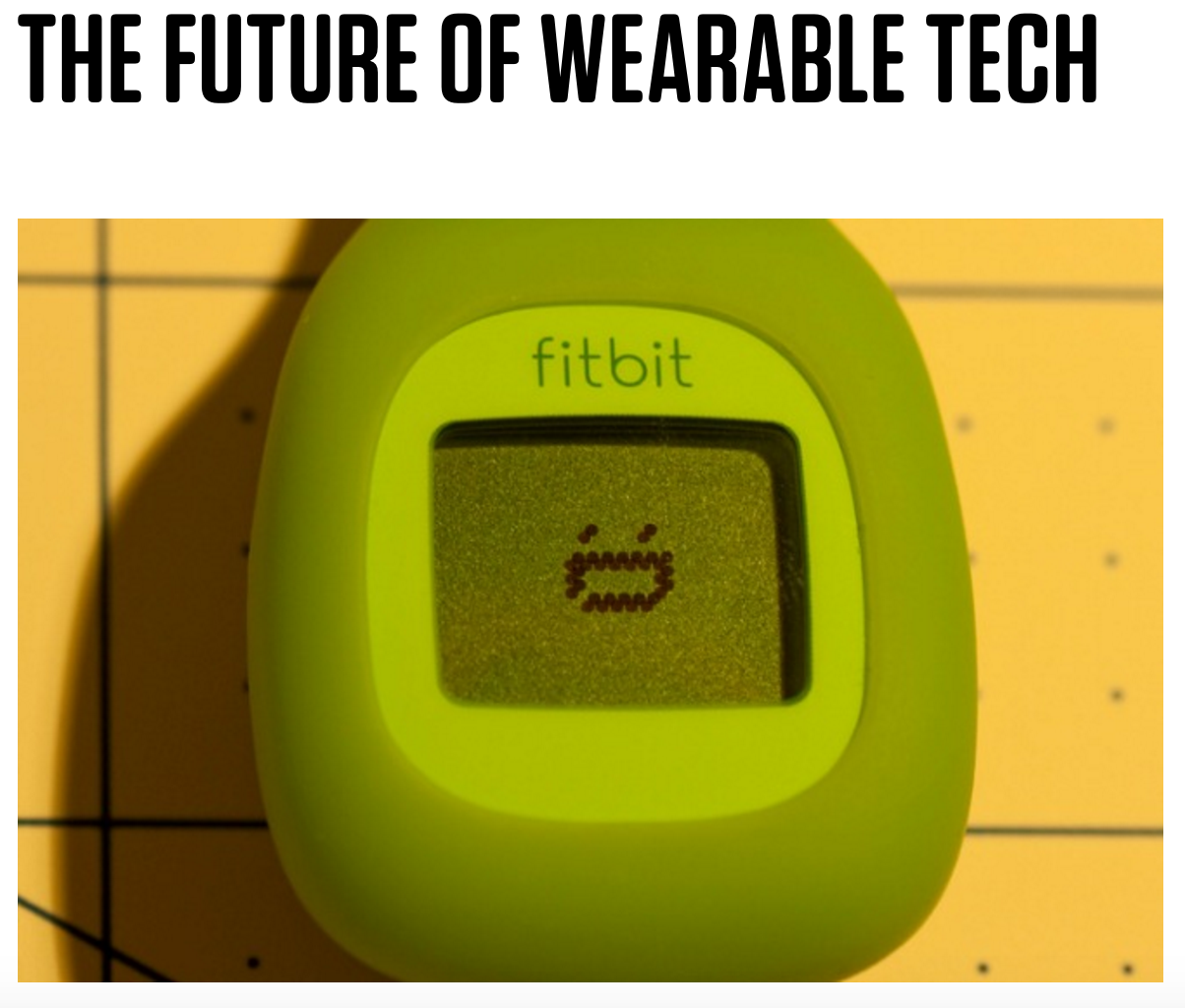With Apple Watch launching this week, consumer interest in wearables and the internet of things is at an all time high. The two will eventually fuse into your wearables triggering objects around you to make your mornings easier, your workflow faster, and bedtime dreamier.
Our future is the opposite a Rube Goldberg Machine, with no strings attached, just simple connectivity.
Fashion and Function Combine
Some wearables, like the Apple iWatch, are focused on connecting your jewelry with your phone. Ringly created a high fashion high-tech solution to wearables with their “smart ring”. For women in important business meetings or on a date where they don’e want to be rude, yet want to stay connected for the most important calls or texts, Ringly vibrates when pre-selected people contact you. Using a mobile app, you can manage which VIP’s get through. So if you’re on that Tinder date, you only get alerted if your boss is ringing in.

Can Tech Help Us Sleep Better?
With consumers becoming more and more aware of sleep habits using their phone, the next step is consumers wearing devices that can better track your sleep, and even help you to sleep faster. Oura has created another ring solution with a unisex design that gives its users data about how they move and sleep. Not only does it gather data, it also interprets that data so you can make better life choices. Whether it be the optimal sleep time or time to fall asleep, it’s giving you pertinent data to make decisions that will impact how you live.
Taking sleep to the next level is NeuroON, a blackout eye mask that is not only blocks out light, but also tracks and monitors your sleep. It comes with a Jet Lag app to help you adjust during those long trips. The device can measure sleep waves, eye movement, muscle tension, heart rate, and blood saturation allowing the user to determine what could be causing poor sleeping conditions, and learn how to improve their sleep habits.
Where Does Our Information Go?
With all this data being collected from wearables, a new start-up called Strap has started collecting the data from companies to give brands insights on consumers and how people live. Whether it is steps taken, hours slept, or calories ingested, Strap is gathering the data for health and fitness companies to better understand what’s happening amongst those wearing tech. This can help build more connected products and make life more connected and more simple.
We’re not far from a future where your wearable and the internet of things morph into a modern version of Pee-Wee’s morning routine, but with everything connecting via tech. Your wearable might wake you up, and as you rouse the coffee pot is alerted to start brewing. The thermostat adjusts. Lights turn on. Your wearable buzzes you to let you know it’s cold outside, wear a jacket and prep for snow. And it may even be possible that your food starts cooking itself.
Insertables and injectables are the next evolutionary step in connecting human’s life to the internet of things, creating the ultimate life hacks. Will we soon live in an era where our bodies become infused with tech?


